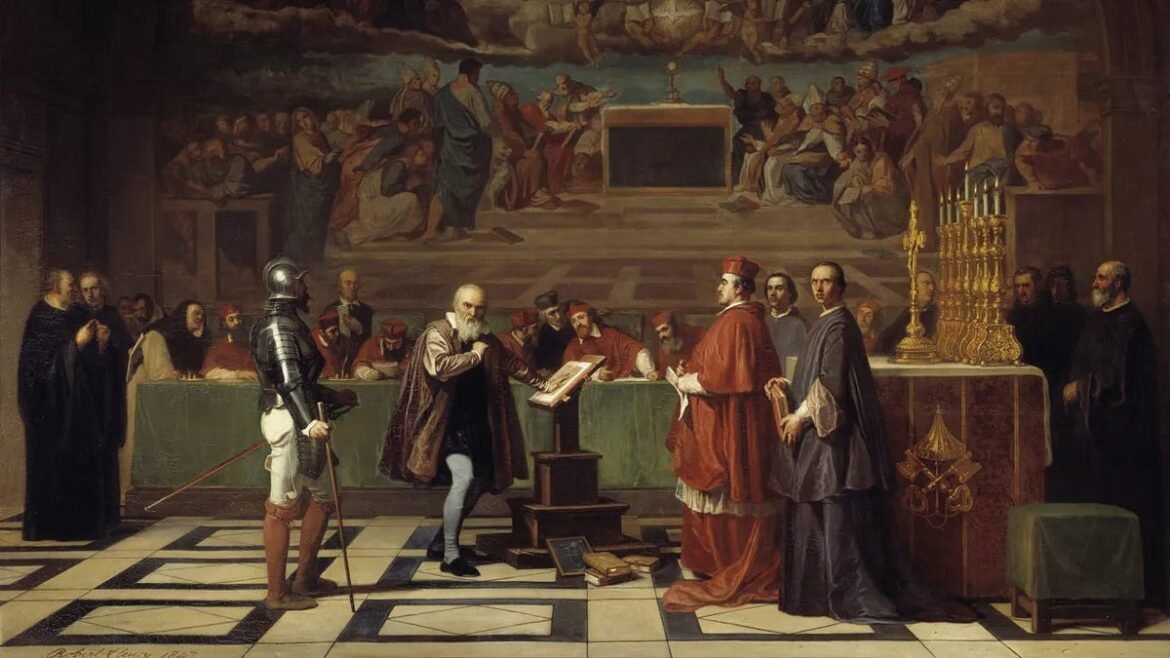The original principle of relativity, proposed by Galileo way back in the early 1600s, remains true in its unchanged form even today.
When most people think of the term relativity, the first person who comes to mind is Albert Einstein. Indeed, Einstein’s two theories of relativity — the special theory of relativity, put forth in 1905, and the general theory of relativity, put forth a decade later in 1915 — represent a revolutionary way of viewing our Universe. Prior to Einstein, it was thought that both space and time were absolute quantities: the same for all observers, regardless of their location or of their motion through the Universe. It was thought that the amount of time that passed for anyone, anywhere, would be universally agreed upon, as would the distance between any two points or the physical size of solid objects. Only with the arrival of Einstein was it recognized that even quantities such as space and time weren’t absolute at all, but were instead experienced relative to the observer’s point of view.
But Einstein didn’t originate the concept of relativity at all. In fact, relativity can trace its origins back to nearly 400 years ago: when it was put forth by a scientist who obsessively studied the behavior of…

